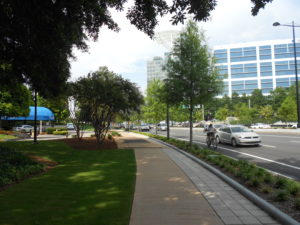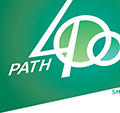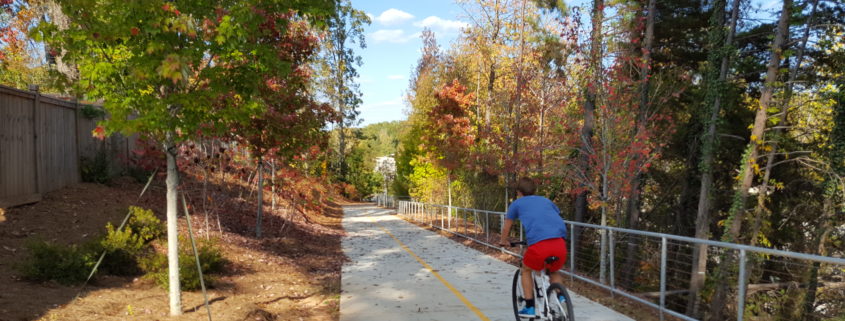Biking Etiquette
Biking Safely and Politely
Biking can be one of the best ways to get around. Using a bike for transportation or exercise will help you stay or get fit, prevent pollution, and save money. But before you head out the door, make sure you are familiar with some simple biking etiquette.
Riding on a Road
When riding on a road, look first for a bike lane or path. When these are available, you have a place where you will be much less likely to be a hazard to yourself or others. Unfortunately, not every road has these, and sometimes for whatever reason you will be forced to ride on the normal roadway. Do not ever ride on a sidewalk, this is typically illegal. When on a road without a bike lane, ride as close to the right-hand side as is possible. If cars are piling up behind you, you are not only creating a hazard, but you might experience some ill will from the drivers. Be polite, and stay out of their way as best you can. Never bike into oncoming 
Biking on a Bike Only Path
Bike only paths can be rare, but when you can, these are preferred. On a bike path, act like a car. Bike on the right-hand side, pass on the left. When coming up on someone, finding a way to alert them that you are passing. Some people use a bell, but a quick yell can alert them that someone is coming from behind. No one wants to be in a collision, so everyone should do their part to minimize risk. Depending on the width and rules of the path, decide whether or not to ride abreast. If the path is narrow, always ride single file.
Multi-Use Paths
Paths which allow bikers, joggers, walkers, and very common, and also one of the areas where you must be most alert. Because of the wide varieties between the types of traffic, paying attention is critical. A few good rules of thumb can help make sure that everyone has a pleasant experience. First, moderate your speed. If you have a long line of sight and the path is clear, feel free to go fast. But if your vision is obstructed or there is a lot of traffic, slow down. It is not polite or safe to whiz by a pedestrian. Second, understand how to signal your intentions. Just like blinkers in a car, if people around you can predict where you are going, then they will be able to plan so that there is no collision.


Leave a Reply
Want to join the discussion?Feel free to contribute!